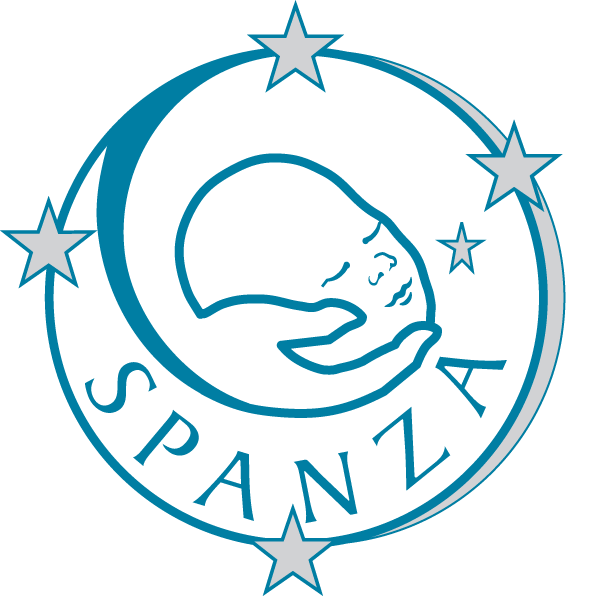Caudal block, high flow oxygen insufflation and dexmedetomidine sedation for inguinal hernia surgery in infants-A prospective evaluation of an alternative anesthesia technique
A prospective evaluation of an alternative anesthesia technique
Pediatric Anesthesia
Submitted May 2025 by Dr Michael Tan
Read by 607 Journal Watch subscribers
Overview
This study is a prospective, multicentre, observational study across two Australian centres and one New Zealand centre. The aim was to assess the feasibility of intravenous dexmedetomidine, high-flow nasal oxygen insufflation, and caudal block for inguinal hernia surgery
Across the three centres, 50 children were included in the study. A dexmedetomidine load of 1-2mcg/mg was given over 10 minutes followed by an infusion and supplemented with remifentanil. A caudal block was performed with 1ml/kg of 0.2% ropivacaine and high flow nasal oxygen at 2L/kg/min.
41 out of 50 (82%) infants completed surgery. 9 patients needed conversion to general anaesthesia including 6 for inadequate caudal block (12%), 2 for inadequate sedation (4%) and 1 for hiccups (2%). One infant required an overnight admission to NICU for apnoeas. No infants required intubation in the first 24 hours post-operatively. No statistically significant factors contributing to conversion to general anaesthesia were identified.
Conclusion
This study shows that this technique employing sedation and regional anaesthesia might be a feasible technique for inguinal hernia surgery. The authors acknowledge that a prospective randomised controlled trial is needed to compare this technique to more established techniques such as general anaesthesia and spinal anaesthesia.



